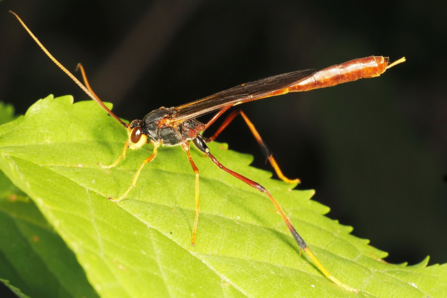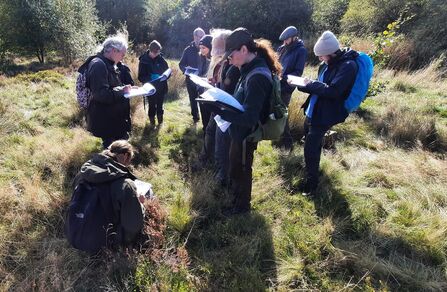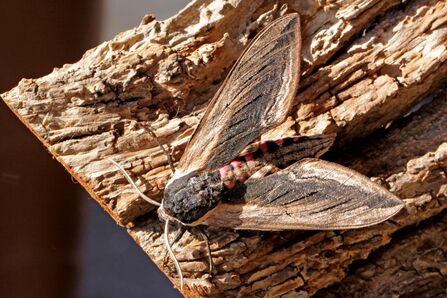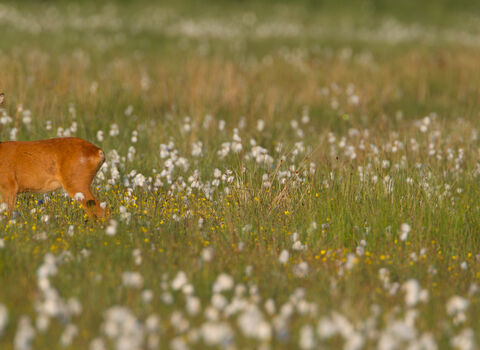
A new discovery; Aphanistes klugii - Martin Elkins
Invertebrate Projects Officer Ben and Senior Conservation Officer John found the Aphanistes kluggi during a survey of the proposed Brookside Nature Reserve in Oswaldtwistle.
Aphanistes kluggi is a parasitic wasp which has only been recorded a handful of times in Europe, with scattered sightings in southern Sweden, Norway and Denmark and in central and eastern Europe. Identifying them is a real science as there are literally tens of thousands of wasps, bees and ants in the world.
The new wasp is a long browny red specimen, perfectly evolved to hunt for aphids and other tiny animals, and to plant its eggs into host creatures such as moths.
Ben said: “Many bees, wasps, ants and flies are not readily identifiable in the field, and many require a microscopic study to identify them.



